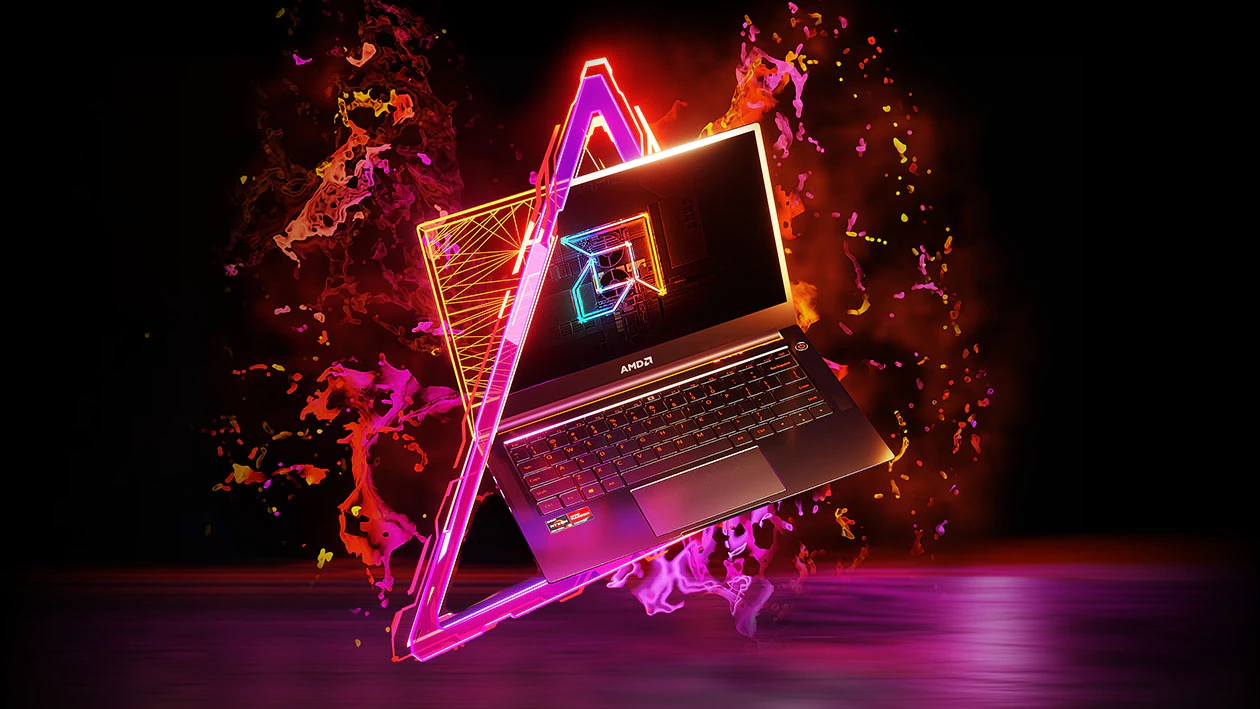Nvidia’s RTX 4090 might be the only next-gen GPU which is launched this year, with the other Lovelace graphics cards – the RTX 4080, and models below that – to follow in 2023, according to a new rumor.
This is the latest gossip from Greymon55, a well-known hardware leaker on Twitter, who seems pretty convinced about what sources have said, though clearly, we should still take this with a bucketful of salt.
As you can see from these recent tweets, the theory is that Nvidia will announce AD102, which refers to the RTX 4090, in September ahead of a launch in October (meaning it’ll be available to buy then). Note that this is also the contention for Intel’s Raptor Lake CPUs, a rumor we’ve heard from other sources, too.
However, the other Lovelace chips, AD103, AD104, and AD106, which should represent the RTX 4080, and RTX 4070 plus 4060, with AD106 rumored to be the RTX 4050, won’t arrive until 2023.
That’d be surprising to say the least, seeing as the rumor mill has generally held that we’ll see a staggered launch of the first Lovelace GPUs late in 2022, with the RTX 4090 to be followed by the 4080 and 4070 before the year is out.
In a follow-up tweet, Greymon clarifies that it’s “most likely” the case that only the RTX 4090 will be launched this year because of “too many stocks”, which presumably refers to the excess stock of RTX 3000 current-gen graphics cards that retailers and card makers still have to sell before Nvidia can launch next-gen models (without leaving those partners in the lurch).
Analysis: Weighing up the balance of a boat-load of Lovelace rumors
So, what to make of this? It’s a bit of a shock to think that only the RTX 4090 will come out in 2022, in all honesty, and that certainly goes against the prevailing theories on the rumor mill up until now.
Then again, we have heard a lot about Nvidia having problems regarding graphics card makers running into trouble clearing excess RTX 3000 stock. Indeed, this has been a persistent message down the grapevine of late, and recently, other leakers such as Moore’s Law is Dead (MLID) have talked about a possible delay for the RTX 4000 launch.
However, MLID’s sources were speculating about a push back to maybe November or December 2022 at the latest, not the beginning of next year (when Greymon says 2023, we’re presuming that means January, or very early on, certainly). Remember also that we’ve witnessed chatter around Nvidia wanting to cut orders at TSMC and push back the production schedule of next-gen Lovelace GPUs, too.
So maybe Greymon is onto something and Nvidia has indeed negotiated some kind of delay? Perhaps there’s a chance of that, but we’re not so sure at all, and will need to hear more from the rumor mill to believe that such a major delay, in terms of only bringing out the RTX 4090 this year, could be possible.
If Team Green did only release its flagship GPU, that would pretty much leave the door open for AMD to come in with new RDNA 3 graphics cards – which are thought to maybe debut in October – and potentially make a big impression. (Particularly if mid-range RDNA 3 GPUs – which will find a much wider target audience than a niche flagship like the 4090 – are first out of the door from AMD, though that isn’t certain by any means, even if it was rumored in the past).
No matter how carefully Nvidia might need to tread around its graphics card manufacturing partners, there’s surely only a limited amount of tiptoeing around these firms that can be indulged in, balanced against the possible perception of Team Green falling behind AMD, which would ultimately be worse for business when it comes to the next-gen GPU wars.
Ultimately, we’re not convinced by this latest rumor from Greymon, particularly as the most recent thing we’ve heard from MLID regarding the Lovelace launch is that the expectation is that a ‘real quantity’ of GPUs will be around before December, so some serious volume of next-gen RTX 4000 cards should be on shelves in November, in theory. And an RTX 4090 launch alone would certainly not represent a serious volume of graphics cards…
What this fresh rumor could point to is Nvidia reining things back, though, and perhaps a good compromise view is that maybe we’ll see a more limited launch than first intended for Team Green, but still a decent quantity of GPUs getting out there this year. That could mean an RTX 4090 plus 4080 launch (in October and then November, perhaps), and maybe a 4090 Ti spin if needed to compete with the RDNA 3 flagship, as Nvidia doesn’t know how powerful a performer the latter will be yet.
We’re definitely expecting to see more than one Lovelace GPU in 2022, and we’d be truly surprised if it turns out to be the case that Nvidia only releases the RTX 4090 this year.
